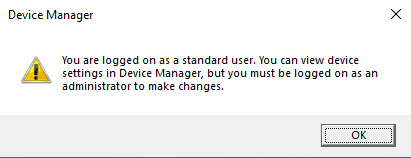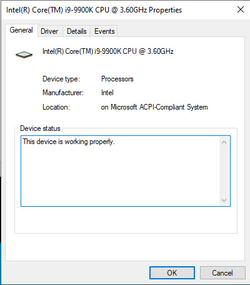Implement least privilege.
The concept of limiting access, or "least privilege," is simply to provide no more authorizations than necessary to perform required functions. This is perhaps most often applied in the administration of the system. Its goal is to reduce risk by limiting the number of people with access to critical system security controls; i.e., controlling who is allowed to enable or disable system security features or change the privileges of users or programs. Best practice suggests it is better to have several administrators with limited access to security resources rather than one person with "super user" permissions.
Consideration should be given to implementing role-based access controls for various aspects of system use, not only administration. The system security policy can identify and define the various roles of users or processes. Each role is assigned those permissions needed to perform its functions. Each permission specifies a permitted access to a particular resource (such as "read" and "write" access to a specified file or directory, "connect" access to a given host and port, etc.). Unless a permission is granted explicitly, the user or process should not be able to access the protected resource.











